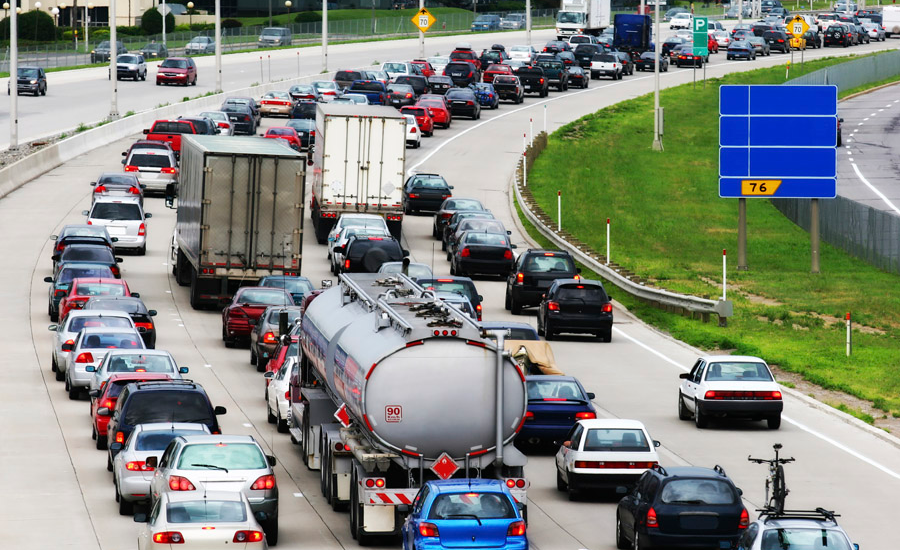Taxi, limo drivers have high risk of violent death at work

Taxi and limo drivers face a greater risk of violent death at work compared to other workers, and the risk is even higher among certain groups of drivers, according to new National Institute for Occupational Safety and Health (NIOSH) research published in the Journal of Occupational and Environmental Medicine.
Biggest risk factors
In 2000, OSHA released recommendations for safe workplaces free of violence. Previous studies showed that these recommendations helped decrease the risk of violence in the retail industry, which has many of the same work-related risks as the taxi and limo industry. These risks include working with cash, working with the public, working alone, and driving during night and early morning hours. The taxi and limo industry, however, remains disproportionately dangerous. In 2014, 31 taxi and limousine drivers, or 10 per 100,000 workers, were killed due to violence while at work compared with < 1 per 100,000 workers overall, according to the U.S. Bureau of Labor Statistics. Although motor-vehicle crashes are still the leading cause of work-related death for most transportation industries, 50% more workers died from workplace violence than from motor vehicle crashes in the taxi and limo industry in 2014.
To clarify the risk, NIOSH investigators analyzed information on violent deaths among taxi and limo drivers from 2003 through 2013, using the Bureau for Labor Statistics Census of Fatal Occupational Injuries. They found that 366 taxi drivers died a violent, work-related death, primarily homicide, for the 11-year period used for this study. This translates to a rate of 18 per 100,000 taxi and limo drivers. The risk was even greater among men, who were more than 6 times as likely to die a violent death at work than were women, and double among blacks and Hispanics compared to whites. Previous NIOSH research examining socio-demographic differences among work-related homicides across all industries found men and blacks had among the highest homicide rates after adjusting for other socio-demographic characteristics, including industry and occupation. It is important that city ordinances and company policies affecting worker safety are equally accessible and used by all drivers.
Beyond these disparities, the South had the highest rate of violent death, followed by the Midwest. These regional differences likely stem from the use of safety measures that generally come under the purview of city regulations in this industry. Two of the widely adopted safety measures are physical partitions between the driver and passenger and security cameras. In the Northeast and Midwest, partitions primarily were mandated by the city. In contrast, camera requirements primarily varied from city mandates in the West to company policy in the South. To decrease the risk of violence, it is critical that all taxi and limo drivers work in environments that not only promote but that use these and other proven safety measures, the investigators said. In addition to partitions and cameras, other important safety measures include silent alarms, vehicle-tracking devices, and improved lighting inside vehicles. Moreover, crucial safety training includes de-escalation of violence and practices such as limiting the amount of cash in the taxicabs and maintaining communication with dispatchers to prevent robberies. Finally, periodic safety inspections are important to ensure that safety measures are in place and working properly.
More information is available:
- Work-Related Violent Deaths in the US Taxi and Limousine Industry 2003 to 2013
- Effectiveness of Taxicab Security Equipment in Reducing Driver Homicide Rates
- NIOSH Occupational Violence
- NIOSH Division of Safety Research
Looking for a reprint of this article?
From high-res PDFs to custom plaques, order your copy today!







